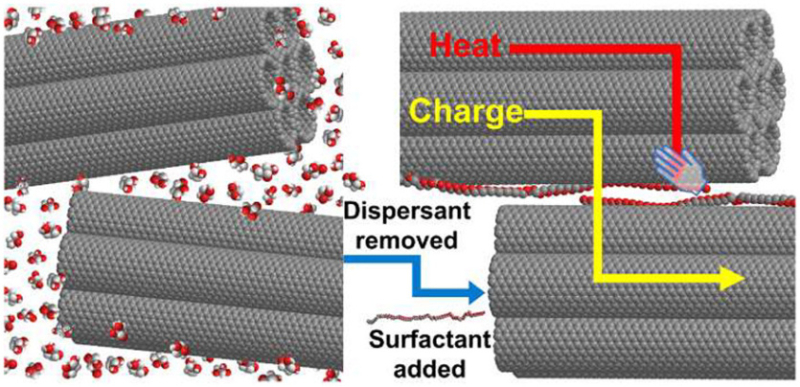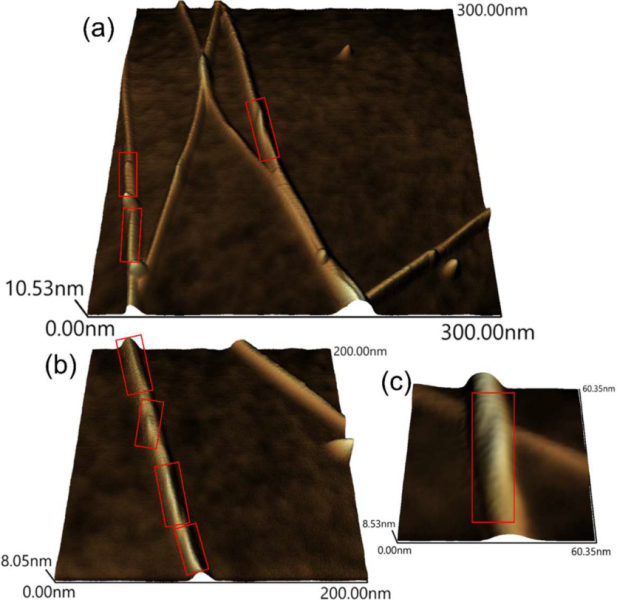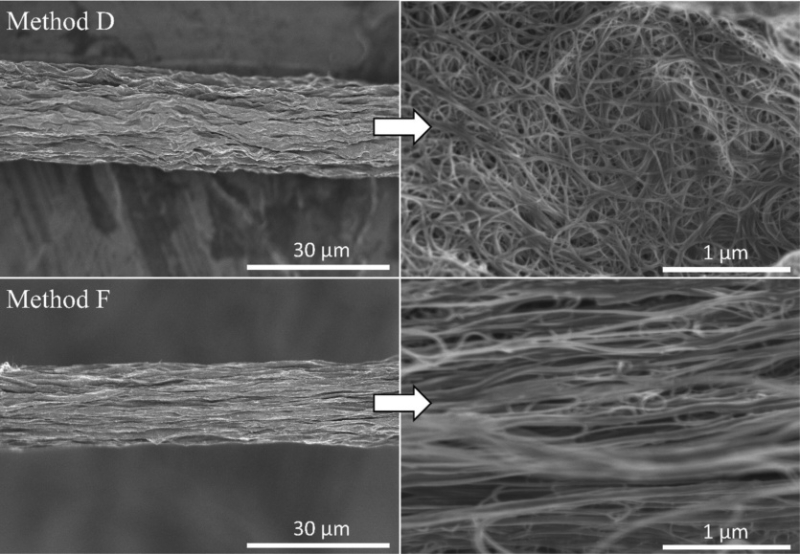The Technology section is published with the support of Favbet Tech

With the development of wearable devices and the Internet of things, a sustainable solution for powering wireless devices becomes important devices and sensors. They can be thermoelectric generators that convert generated heat into electricity. A research team led by Masakazu Nakamura at the Nara Institute of Science and Technology (NAIST), Japan, is working on flexible thermoelectric generators that can be worn. This happens using carbon nanotubes (CNTs) that are sewn into the fabric.
Efficient thermoelectric materials create voltage due to temperature differences. Carbon nanotubes meet most of the required requirements. Their flexibility and high mechanical strength also make them promising applications. However, the high thermal conductivity of VNT limits their thermoelectric performance. To reduce thermal conductivity, the tubes are dispersed in solution and combined with other materials. The resulting material is used to create threads through the wet spinning process. However, conventional dispersion methods often entangle nanometer-thick filaments, which reduces their electrical conductivity and thermoelectric properties.
In a study published in ACS Applied Nano Materials, Nakamura, along with graduate student Anh N. Nguyen and others at NAIST, developed a new method for dispersing BNTs. Using glycerin as a dispersant and polyoxyethylene (50) stearyl ether as a surfactant (which is used to improve the spreading and wetting properties of liquids), the researchers made the fabric acceptable for use.
“We are pioneering a low-cost, rapid, and environmentally friendly method for developing flexible, wearable fabric-type thermoelectric devices,” says Nakamura.
Glycerin has a high viscosity, making it an excellent medium for uniform dispersion, and the surfactant prevents the accumulation of BHT in the dispersion. Surfactants with oxyethylene groups also interfere with heat transfer.



The surfactant concentration is critical because it affects both the thermal and electrical conductivity of the dispersion. The process, which took just three hours and used environmentally friendly chemicals, produced BHT yarns with precisely aligned 8nm diameter bundles with a surfactant in between. Aligning the VHT generally increases both electrical and thermal conductivity. However, by placing surfactant molecules between the bundles, the researchers were able to suppress heat transfer. Thus, the proposed new approach is promising for improving the thermoelectric characteristics of carbon nanotubes and materials made from them, from threads to films and bulk structures.
Python online course from Powercode academy. Build PYTHON from scratch and have the project in your portfolio in just 4 months. Join


Favbet Tech is IT a company with 100% Ukrainian DNA, which creates perfect services for iGaming and Betting using advanced technologies and provides access to them. Favbet Tech develops innovative software through a complex multi-component platform that can withstand enormous loads and create a unique experience for players. The IT company is part of the FAVBET group of companies.
